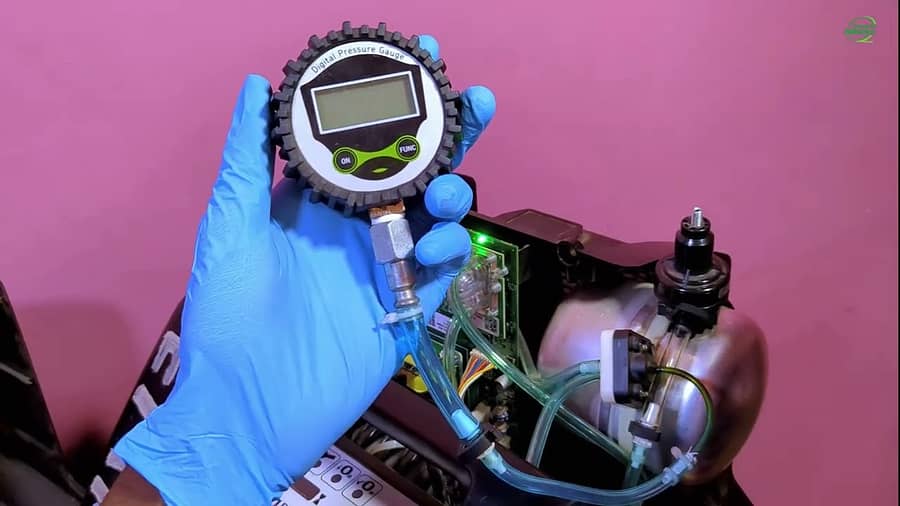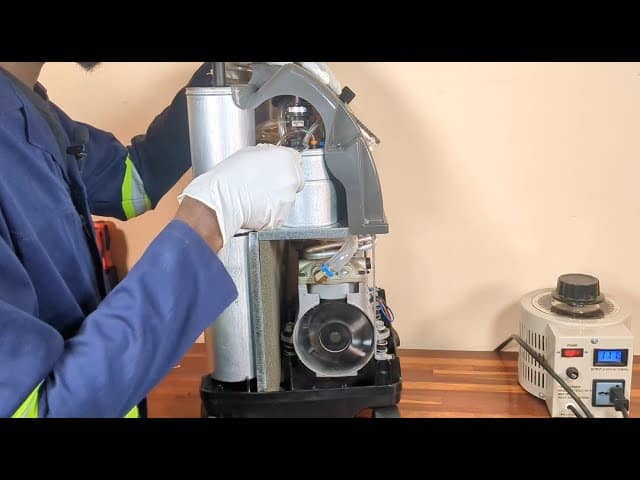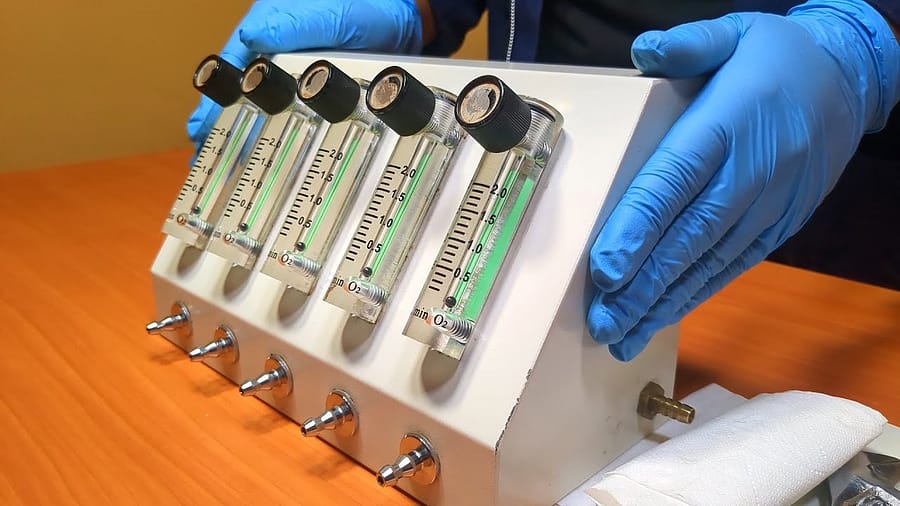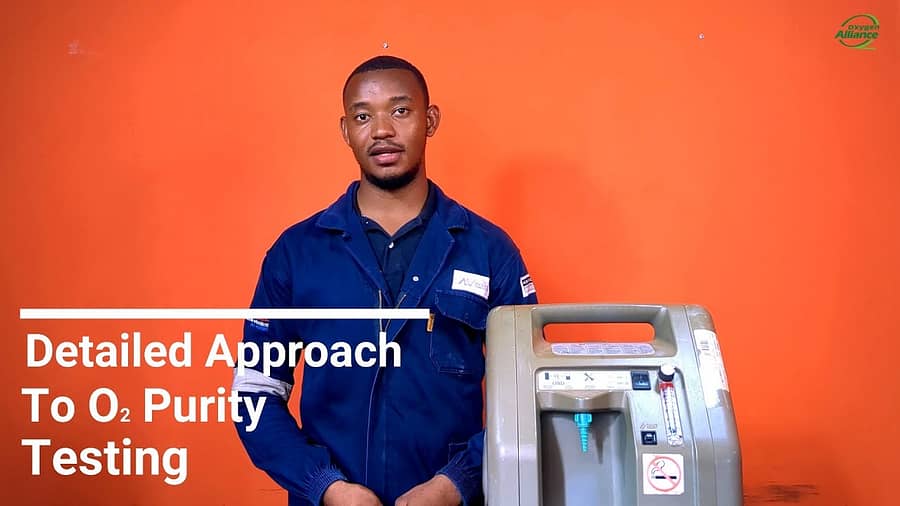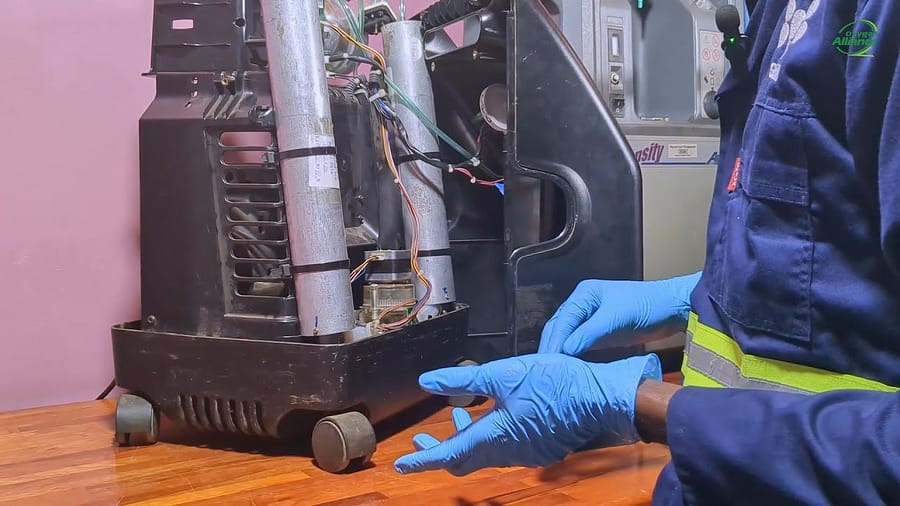Oral diseases affect nearly 3.7 billion people globally, with untreated tooth decay being the single most common health condition. In low- and middle-income countries (LMICs), this burden is compounded by a silent crisis: the widespread failure of dental equipment. A dental chair is a foundational element of oral healthcare. When it breaks down from a lack of preventive maintenance, unavailable spare parts, or inadequate technical training, the consequences are immediate and severe. Patients are turned away, preventable conditions worsen, and the gap in health equity widens. Our recent webinar, “Management and Technical Repairs of Dental Units,” tackled this issue, outlining a strategic path forward.
In many LMICs, the infrastructure for oral health is fragile. As highlighted in a recent study on the impact of economic instability on dental care, countries often import the vast majority of their dental supplies and equipment. This creates extreme vulnerability in the supply chain. Furthermore, a WHO report underscores that most LMICs lack sufficient services to prevent and treat oral health conditions. This is a reality our teams see every day: donated equipment sitting idle for want of a simple spare part, and skilled dentists unable to perform procedures because of a faulty compressor or a clogged suction line.
Our webinar provided a deep dive into the mechanics of the dental unit, emphasizing that its complex interplay of electromechanical, pneumatic, and water systems requires a proactive management approach. The key takeaway was clear: a reactive strategy of fixing things only when they break is inefficient and leads to failure.
A Blueprint for Sustainability: Prevention, Planning, and People
Effective management is about building a resilient system. Our expert speaker laid out a comprehensive life-cycle approach:
- Strategic Procurement: The process must begin before the purchase order is signed. This means involving a multidisciplinary team of dentists, engineers, and administrators to assess needs. A key part of this is to demand transparency from suppliers on the availability and cost of spare parts and consumables.
- Empowering Local Teams with Preventive Maintenance: Simple, daily and weekly checks can prevent catastrophic failures. Our webinar detailed critical preventive tasks that can be handled by clinical staff. These include regularly draining the air compressor to prevent internal corrosion, cleaning suction filters to avoid clogs, and properly sterilizing handpieces to ensure their longevity and prevent patient cross-infection.
- Investing in Technical Skills: While daily maintenance is key, a structured approach to corrective maintenance is also vital. This involves proper fault logging, systematic troubleshooting, and ensuring common spare parts like handpiece cartridges and O-rings are kept in stock. This reduces downtime and dependency on external, often expensive, technicians.
A Lifeline to Community Health:
A functional dental unit is a lifeline to community health. It is the difference between a child living with chronic pain from tooth decay and being able to learn in school. It is the difference between an adult losing a tooth and receiving a restorative treatment that allows them to eat properly and work without discomfort. By shifting our focus to investing in the systems and people that manage equipment, we can achieve a far greater return on investment. This means empowering local technicians, championing preventive maintenance, and making smarter, more sustainable procurement decisions. This is how we build a future where equitable access to oral healthcare is a reality.
Watch the full webinar on “Management and Technical Repairs of Dental Units” to learn more.



